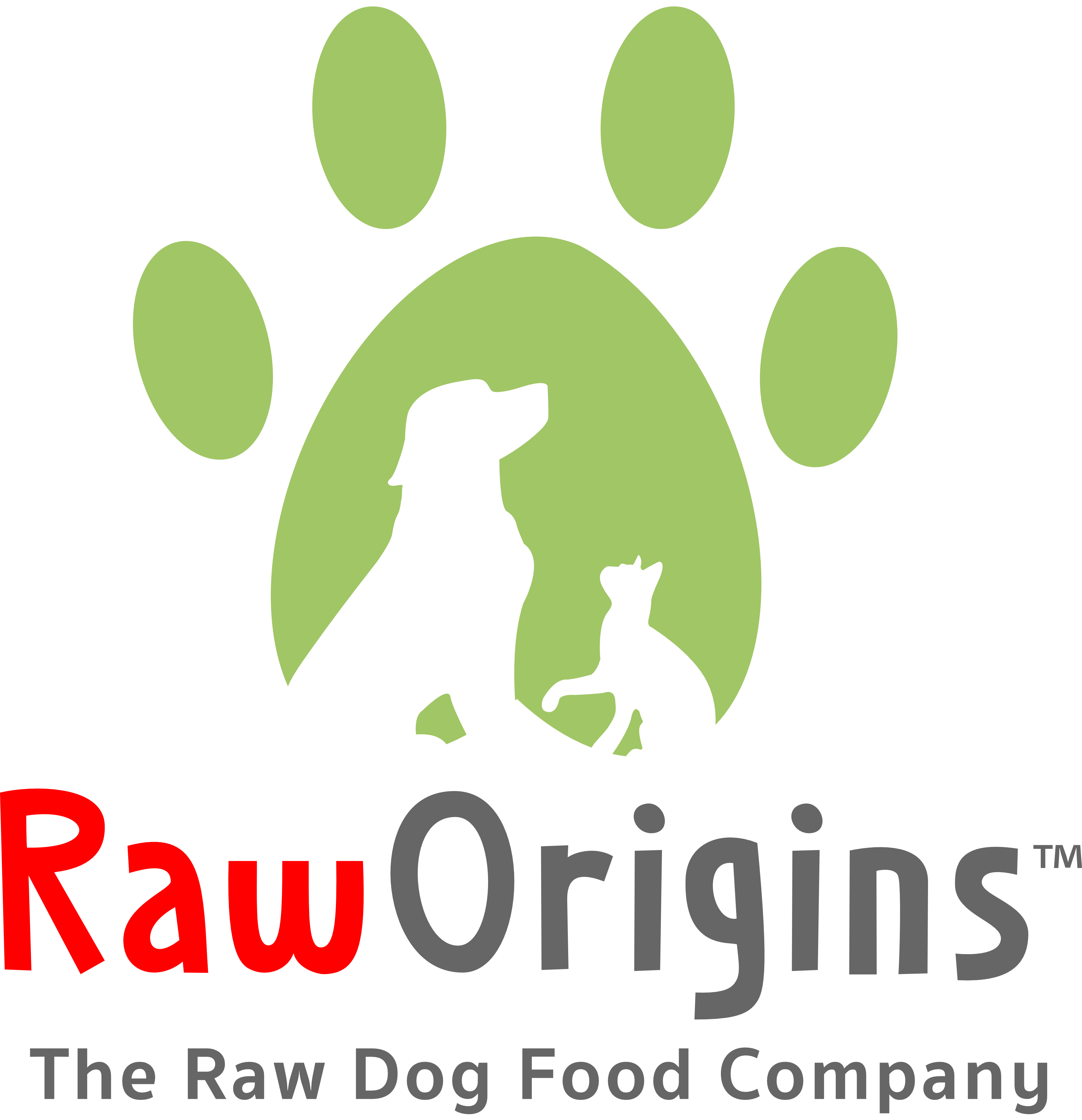Your dog’s eyes do more than help them see—they also express how they’re feeling and can offer clues about their overall health. Unfortunately, eye problems are common in dogs, and if left untreated, they can lead to discomfort, vision loss, or more serious health issues. That’s why it’s so important to recognize the early warning signs and know when to seek veterinary care. Here are some of the most common eye conditions in dogs and what pet parents should watch for:
1. Conjunctivitis (Pink Eye)
Conjunctivitis refers to inflammation of the tissue that lines the eyelids and covers the white part of the eye. It can be caused by bacteria, viruses, allergies, or irritants like dust and smoke. Signs include redness, swelling, discharge (clear or yellowish), squinting, and excessive blinking. It’s usually treatable with medicated drops or ointments.
2. Cataracts
Cataracts cause a cloudy or bluish-white film to form over the lens of the eye, which can interfere with your dog’s vision. They are more common in older dogs and certain breeds. Some cataracts progress slowly, while others may develop quickly and lead to blindness. Surgery is often the best treatment for advanced cases.
3. Dry Eye (Keratoconjunctivitis Sicca)
This occurs when your dog’s tear glands don’t produce enough tears to keep the eyes properly lubricated. The result is dry, irritated eyes that may appear red or inflamed. You might also notice thick, yellowish discharge or your dog rubbing their eyes frequently. It’s a chronic condition that can be managed with daily eye drops.
4. Glaucoma
Glaucoma is a serious and painful condition caused by increased pressure within the eye. It can lead to permanent vision loss if not treated promptly. Symptoms include a bulging or enlarged eyeball, cloudiness, tearing, squinting, and signs of pain such as pawing at the eye or sensitivity to light. It’s a medical emergency that requires immediate veterinary attention.
5. Cherry Eye
Cherry eye occurs when the gland in your dog’s third eyelid becomes swollen and pops out of place, creating a red, fleshy bump in the corner of the eye. While not always painful, it can lead to irritation or infection if untreated. Surgery is usually needed to reposition the gland and prevent future issues.
Keeping Your Dog’s Eyes Healthy
To protect your dog’s vision and comfort, be sure to clean their face regularly, avoid exposure to irritants like smoke or strong chemicals, and schedule routine veterinary checkups. If you notice any signs of eye trouble—such as redness, discharge, cloudiness, squinting, or behavioral changes—don’t wait. Early intervention is the key to preventing more serious problems.
Healthy eyes mean a happy, comfortable dog—and peace of mind for you.

